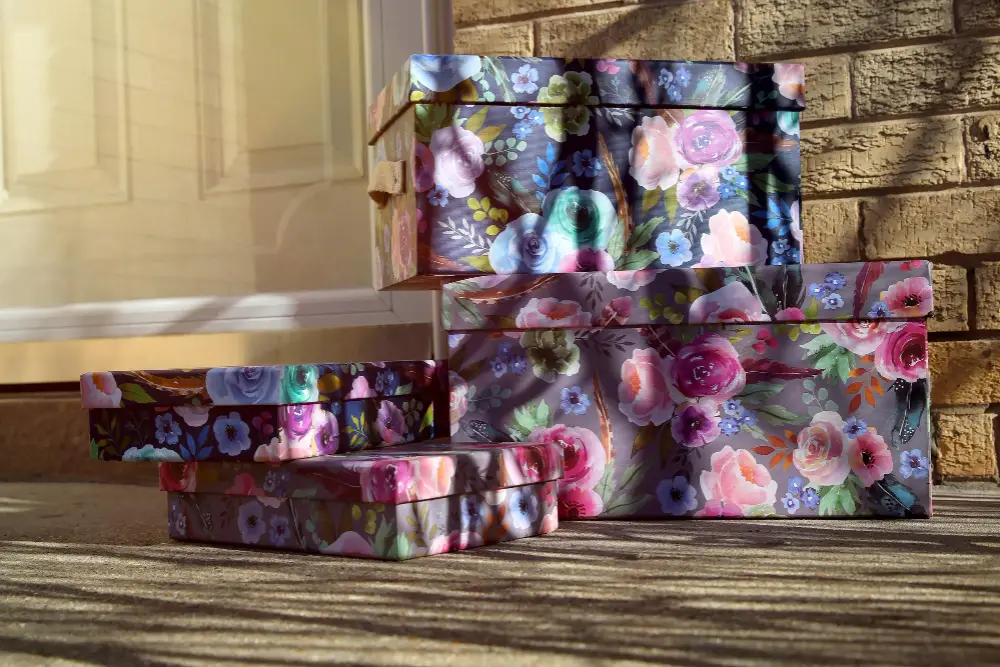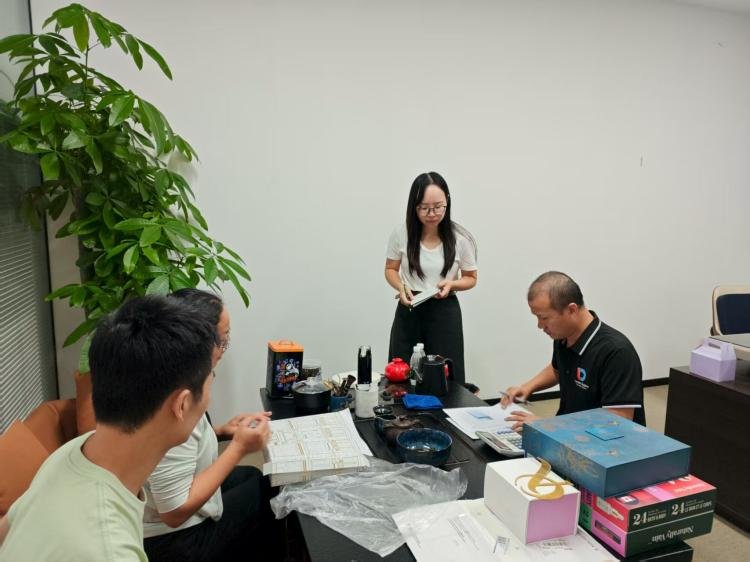Your cosmetic brand wants to be green, but your packaging creates waste. This disconnect frustrates consumers. Switching to sustainable packaging is the key to aligning your brand values with your products.
Cosmetic brands can adopt sustainable packaging by using recyclable materials like FSC-certified paper and PCR plastics, designing for minimalism to reduce waste, and introducing refillable systems. Partnering with an expert supplier ensures these solutions are effective, affordable, and meet consumer expectations for environmental responsibility.

Moving towards sustainability feels like a huge task. I've been in the packaging industry for over 16 years, and I've seen many brands struggle with where to begin. It's not just about picking a "green" material. It involves a shift in thinking about design, production, and the entire product lifecycle. Let's break this down into smaller, actionable steps. A sustainable future for your brand is closer than you think.
What are the best eco-friendly materials for cosmetic packaging?
Choosing the right sustainable material feels overwhelming. Pick the wrong one, and you could face production issues or even accusations of "greenwashing." Focus on proven materials to make a real impact.
The best materials include FSC-certified paper, post-consumer recycled (PCR) plastic, glass, and bamboo. Each offers unique benefits for different cosmetic products. They balance sustainability with the functional needs of protecting the product while looking great on the shelf.

Choosing the right material is the first big step. You need something that protects your product, looks good, and is genuinely better for the environment. I've helped countless clients navigate these choices. The key is to match the material to the product and your brand's goals. For example, a heavy cream does well in a glass jar, while a secondary box is perfect for FSC-certified paper. Each material has its own story and benefits.
Paper and Cardboard
FSC-certified paper is my top recommendation for outer packaging. It guarantees the paper comes from responsibly managed forests. It's lightweight, easy to print on, and widely recycled.
Recycled Plastics (PCR)
For products needing the flexibility of plastic, Post-Consumer Recycled (PCR) plastic is a great choice. It gives a second life to existing plastic, reducing the need for new fossil fuels.
Glass and Bamboo
Glass is infinitely recyclable and has a premium feel, perfect for luxury serums or creams. Bamboo is a fast-growing, renewable resource that works well for certain components like caps or lipstick tubes.
Here is a simple table to compare them.
| Material | Key Benefit | Best For |
|---|---|---|
| FSC Paper | Widely recyclable | Outer boxes, inserts |
| PCR Plastic | Reduces plastic waste | Tubes, bottles, jars |
| Glass | Infinitely recyclable | Serums, creams, fragrances |
| Bamboo | Renewable resource | Lids, compacts, lipstick cases |
How can design reduce the environmental impact of cosmetic packaging?
Many beautiful packaging designs are incredibly wasteful. This over-packaging creates excess trash and higher shipping costs, which frustrates eco-conscious buyers. Smart design choices can create packaging that is both stunning and sustainable.
Design can lower environmental impact through minimalism by removing unneeded layers and creating “monomaterial” packaging for easier recycling. Refillable systems are also a powerful design strategy that cuts waste and builds long-term customer loyalty.

Smart design is about more than just looks; it's about efficiency and responsibility. I once worked with a skincare brand whose product box was beautiful but had five separate internal components. It was a nightmare to assemble and created so much waste. We redesigned it into a single, clever folded insert. This single change cut their material use by 40%, lowered their costs, and made their packaging much easier for customers to recycle. That's the power of intentional, sustainable design. It's not about sacrificing beauty; it's about being smarter with what you use.
The Power of "Less is More"
Minimalist design is your best friend in sustainability. Ask yourself: does this box need a plastic window? Do I really need three layers of packaging? Every piece you remove is a win for the environment and often a cost saving for you. Focus on a clean, simple structure that lets the product shine.
Designing for Easy Recycling
A huge issue in recycling is "mixed materials." For example, a paper box with a non-removable plastic laminate is very difficult to recycle. The solution is monomaterial design. Create a box that is 100% paper. Design a bottle and cap from the same type of plastic. This makes it incredibly easy for consumers to recycle correctly.
Embracing Refillable Models
Refillable packaging is a game-changer. It shifts the primary packaging from a disposable item to a durable, reusable one. Instead of buying a new jar of cream every time, the customer buys a small refill pod. This dramatically reduces waste and builds a strong relationship with your customers, who keep coming back for refills. It works great for powders, lotions, lipsticks, and more.
Why is partnering with the right supplier crucial for sustainability goals?
Brands often have great green ideas but get stuck trying to make them happen. Without a skilled partner, you risk production delays, higher costs, and a final product that doesn't meet your goals.
The right supplier gives you access to sustainable materials, advises on eco-friendly designs, and ensures production is responsible. They help you navigate certifications like FSC and avoid common mistakes, turning your green vision into a real, successful product.

Your packaging supplier is more than just a vendor; they should be your sustainability partner. I think of my team at Giftspack as guides for our clients. A few years ago, a startup came to us wanting to create a fully compostable package. It was an ambitious goal. We worked with them for weeks, testing different materials and structural designs. We found a material that worked, but it was too expensive for their price point. Instead of giving up, we helped them pivot to a monomaterial paper design that was 100% recyclable and much more affordable. They launched successfully, and their customers loved the simple, eco-friendly box. That's what a true partnership does—it finds practical solutions to achieve your vision.
Expertise in Materials and Sourcing
An experienced supplier already knows the best sustainable materials on the market. They have relationships with mills that provide FSC-certified paper and factories that produce high-quality PCR plastic. They can show you samples, explain the pros and cons of each, and ensure the materials are genuinely certified. This saves you from the massive headache of trying to research and vet sources on your own.
Guidance on Design for Manufacturing
A great idea on a computer screen can be a disaster on the production line. A good supplier will review your designs and provide critical feedback. They’ll point out if a certain fold will be too weak, if a glue is not eco-friendly, or if a slight change in dimensions could drastically reduce paper waste during cutting. This is the "Design for Manufacturing" (DFM) process, and it's essential for making your sustainable packaging both effective and affordable.
Navigating the World of Certifications
What does FSC-certified really mean? How do you communicate your PCR content to customers? A knowledgeable supplier can answer these questions. They can ensure your packaging meets the standards required for certain eco-labels and help you use that certification in your marketing. This builds trust with consumers and protects your brand from any claims of greenwashing.
Conclusion
Adopting eco-friendly packaging is a journey. It starts with smart material choices, innovative design, and a strong supplier partnership. These steps will build a brand that customers trust and respect.






